The Well Dressed Fire Officer
We have heard countless times that the fires we encounter today are unlike the ones we responded to years ago. That being said, we need to evaluate the way we go into these fires as well as the tools we bring along. Let’s take a look at what the engine officer should bring into every fire.
Proper Care Of All PPE
It goes without saying we need to have full protective clothing. But what might come as a surprise to some, our gear should be CLEAN.
Yes, it is no longer considered a “badge of honor” for our gear to have that salty look to it.
Recent research has shown that the by products of combustion that lie within our structural firefighting gear after a fire contains a ton of chemicals known to be carcinogens. Studies have shown that firefighters who are exposed to such chemicals are experiencing cancer rates twice that of people who are not.
Also, there is research that shows that some of the build up on the outer surface of the gear is flammable. This potentially means that gear can ignite. NFPA 1851 speaks to the point and establishes guidelines for the cleaning of your gear and is well worth a read.
Our SCBA, Our Lifeline
Next on the list is the SCBA. The mask should be checked out at the beginning of every shift, or on a pre-determined regular basis for a volunteer department. Everything needs to be squared away no exceptions.
Is the cylinder full?
Does the PASS alarm function properly?
Are you and your crew well versed in emergency procedures?
Radio and Light
Every officer should be equipped with a portable radio. Your radio should be kept in the charger so it is ready to go at all times and it must be on the correct frequency.
Are you familiar with how to work it properly?
You should also carry a hand light. Preferably one that goes over your shoulder which should place on BEFORE donning the SCBA.
Why?
Because in case you need to do an emergency SCBA procedure you would have to take your hand light off before you removed the SCBA. Try doing a low profile maneuver with the light over your mask, you will be a tangled mess.
Is the light fully charged?
The TIC
Next up is a thermal imaging camera. A must have for today’s officer it provides us with a host of information at a glance. How well trained are you on the use of your camera? Have you received any formal training on thermal imaging or were you just given an in house dog and pony show? If you have a chance to take a formal education my advice is to do so, the course I took was one of the best fire educations of my career.
Also keep in mind that the camera should be fully charged at all times. Most importantly a thermal imager is just another tool that we use. Always employ good search tactics (staying oriented) and communication with your firefighters; for their safety and accountability is paramount.
If the camera was to suddenly decide it wants to take the rest of the day off and you have no idea of the way out; or where your crew is because you had the camera to your face the whole time. Now you have a problem.
Go back two paragraphs…this is why you better have a radio. Push the button and call a MAYDAY, you now need help.
Remember The Handtool
Lastly every officer should carry a hand tool. Preferably some type of officer tool or Halligan bar. Invaluable if you encounter a locked door within a structure. It can also be used to help facilitate a quick search off the line and to allow a few holes into a wall to check for any extension of fire. It can also be used to breech a wall if the need was to arise. The uses for a tool in well trained hands is an article all to itself. But for all purposes here, just make sure you have one!
As the officer of the rig you set the example as well as the work ethic for your crew. If they see you jump off the rig at every alarm ready to go to work they will be ready as well. All the gear described here today is the minimum you should carry.
Do you as an officer carry anything not listed here? If so please discuss in the comments section below.

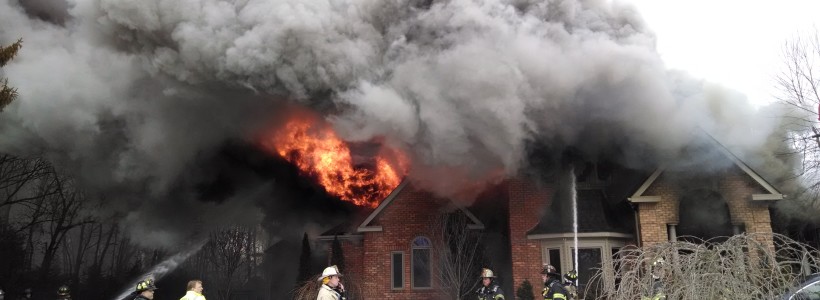
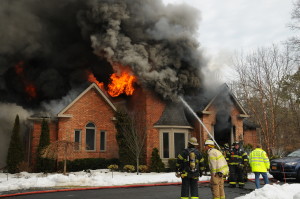
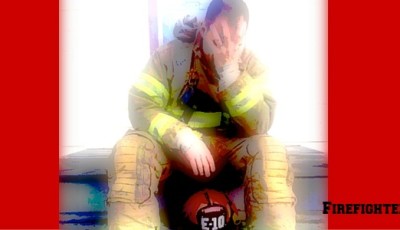
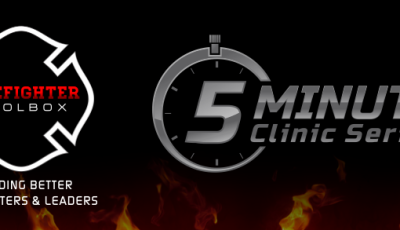

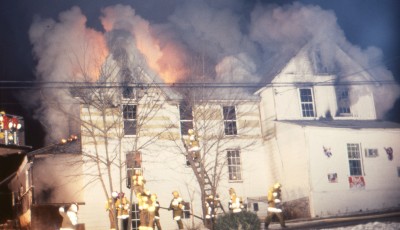




hai sir.i am living india.I also live Tamilnadu state.i am working tamilnadu fire and rescue service sir.Please any advise to my email sir.